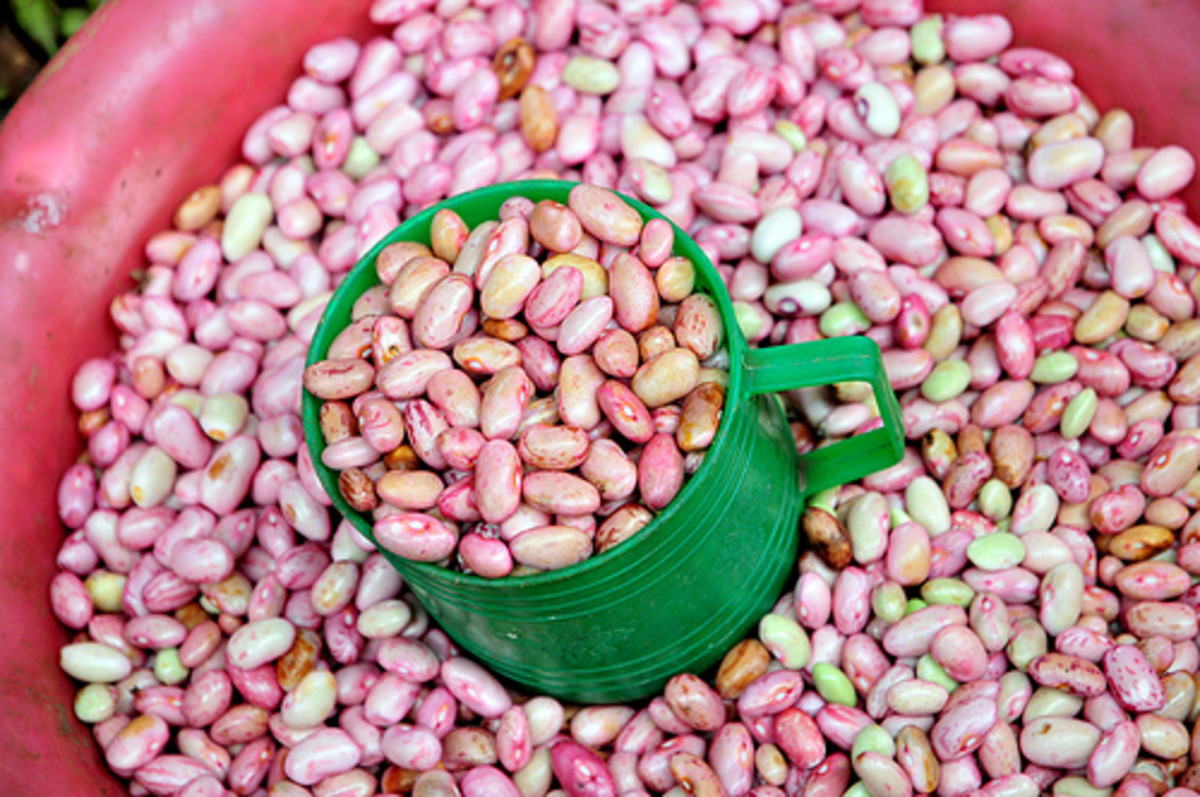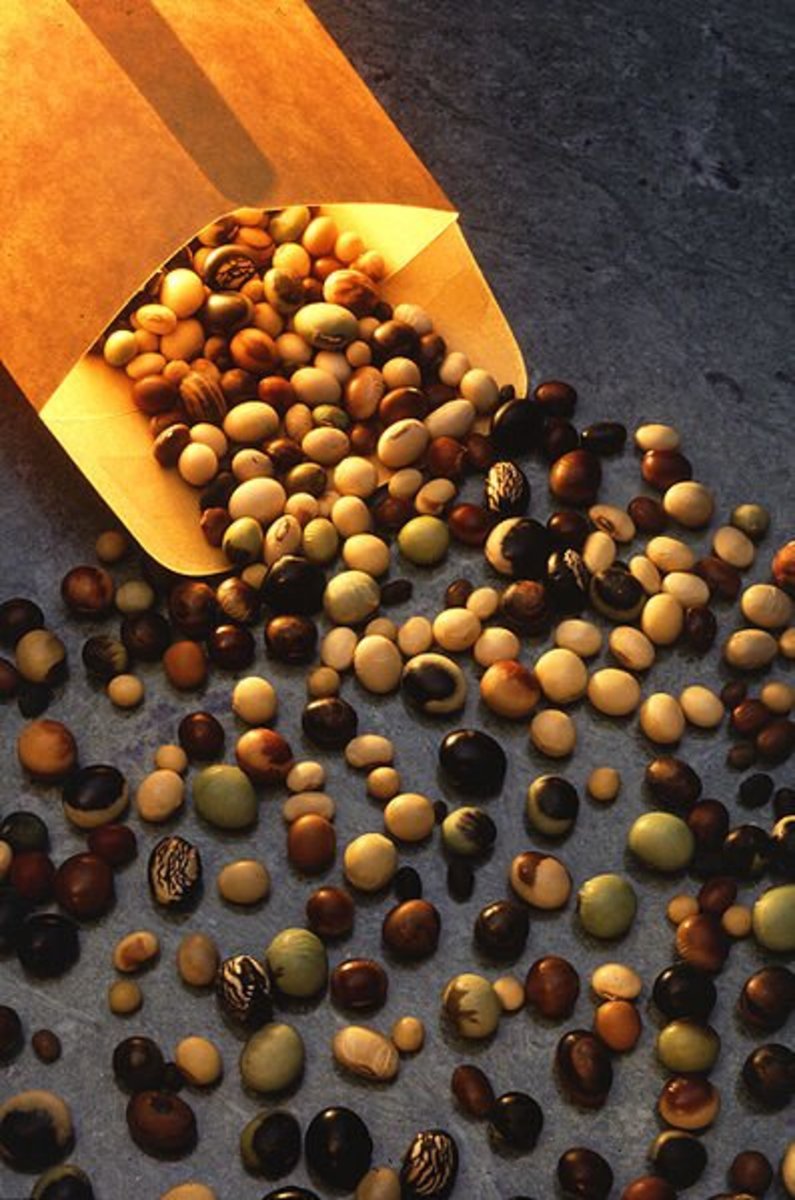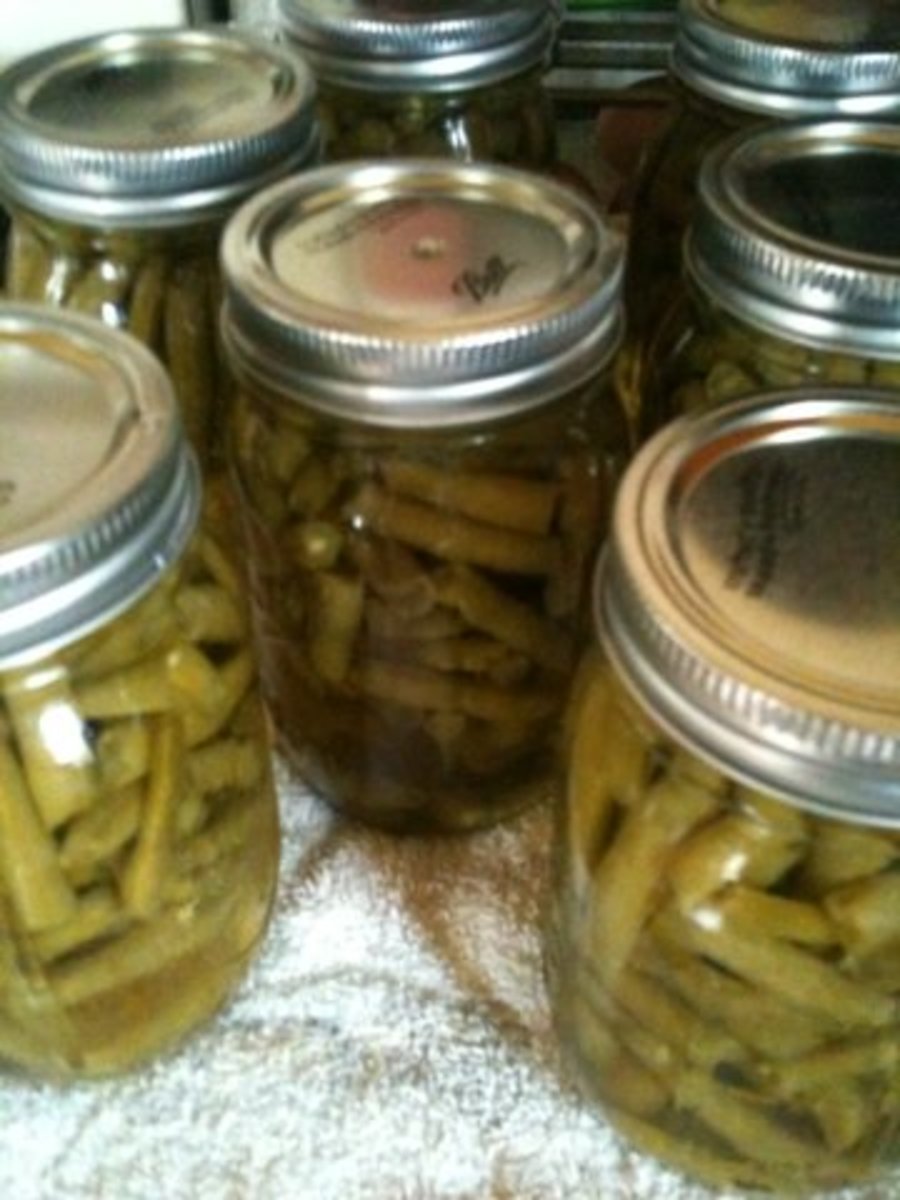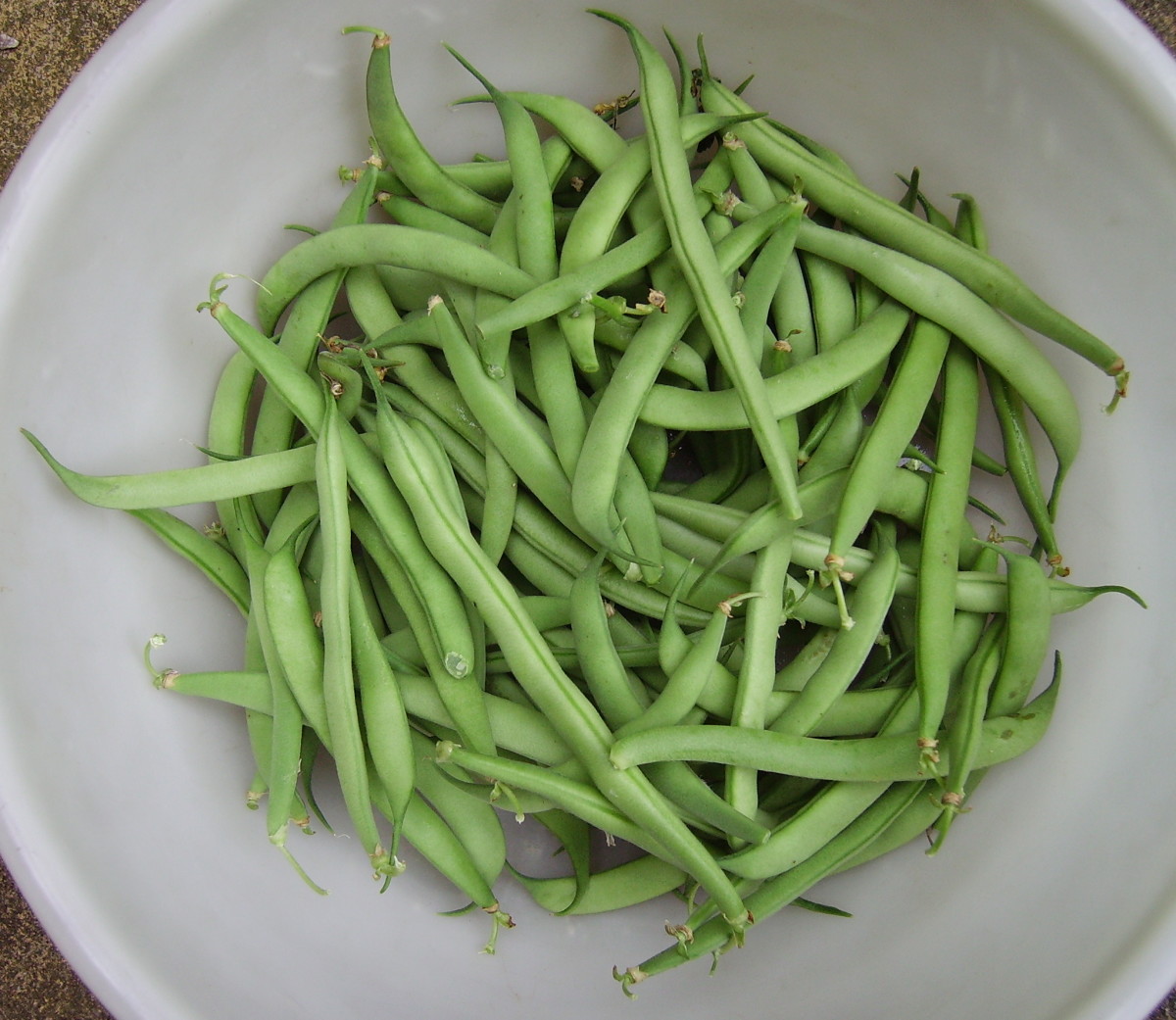- HubPages»
- Food and Cooking»
- Cooking Ingredients»
- Vegetable Ingredients
Healthy Vegetable Diet - Beans- Legumes to Chickpeas
Difference Between Peas and Beans
Different types of pulses (legumes) have been eaten for thousands of years, and you can choose from a large variety of pulses. They are grown around the world. Pulses belong to the family of Leguminous, which gets its name from the characteristic pod or legume that protects the seeds while they are forming.
Pulses are an annual leguminous crop yielding one to twelve grains or seeds of different colors, shapes and sizes grown within a pod. According to the Food and Agricultural Organization pulses are annual crops yielding 1-12 seeds of variable size, shape, and color within a pod that is used for food and animal feed.
The word pulse is used to describe crops harvested solely for the dry grain. Crops such as green beans or green peas are considered a green vegetable. Crops that are mainly grown for oil extraction are also excluded, such as soybeans and peanuts. Good examples of pulses are black eyed peas, lima beans, red or green lentils, chickpeas and pigeon peas.
Varities of Pulses
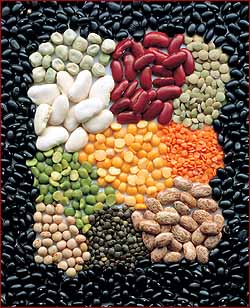
Difference Between Peas and Beans
There are three criteria to know the difference between peas and beans:
- Specific climate conditions are necessary for growth; Peas are a cool season legume, and they are more tolerant of cold temperatures.
- The growing structure and support; pea plants in pods grown on a vine. Beans typically grow in a pod or on a bush.
- Take into account the growing season; Peas mature quickly and are ready for harvest from 70-90 days. Beans mature more slowly and are ready for harvest in 85-115 days.
As a further example of US farmed legumes dry peas, being the mature peas are the pulses, while the immature peas in the fresh green pod is a green vegetable. Lentils are pluses with lens shaped seeds. Another pulse is a chickpea which are shaped with a beak resembling that of a baby chick; these are also called garbanzo beans. Soybeans are called the complete protein but are not pulses. Peanuts are also not pulses.
Proper Preparation of Grains and Legumes
Nutritional Value of Legumes
Pulses are similar in nutrition as they are rich in protein, carbohydrates, fiber and they are low in fat. Furthermore, they are important sources of Vitamin B. Fresh pulses contain Vitamin C, but it declines after harvesting and is completely gone after they are dried. Pulses are typically eaten for their high protein content, particularly by vegetarians.
As an example, haricot beans, which are used to make baked beans, per 100 g of dried beans there is 21.4 g protein, 1.6 g fat, 45.5 g carbohydrates, 25.4 g fiber, 6.7 mg iron and 180 mg of calcium. Haricot beans have 100 calories in ½ cup of cooked beans.
Green lentils contain high levels of proteins, including essential amino acids isoleucine and lysine. Plus, they are an essential source of inexpensive protein in many parts of the world. They also contain dietary fiber, folate, Vitamin B1, iron and other minerals.
Pulse Peas and Beans
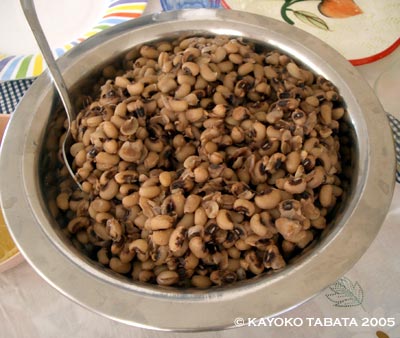
Purchasing Pulses and Cooking
Another advantage of pulses is they store well for long periods of time. Since there are some insects that like to attack pulses, ideally they should be stored in an airtight container in a dark, cool place, such as a pantry.
When you go to purchase pulses look for a bright color with a plump appearance, unbroken, evenly sized, pick them over to remove grit and husks and take care not to allow them to ferment while soaking. Most pulses require soaking before cooking to help reconstitute and shorten the cooking time.
One exception would be lentils. Use cold water and bring to boil, and then allow to stand. The volume in the pot will double, so you must use a large pot. All pulses should be cooked with a slow simmer, stirring occasionally.
Salt and acid ingredients toughen pulse skins and should be added after the pulse is cooked. Rapid boiling with red kidney beans is recommended to destroy a poisonous enzyme, and then cook on low heat to finish.
There are other ways to cook pulses, and some of the dishes that are easily recognized that contain pulses are baked beans, Boston baked beans and white beans with port. There are a number of various bean salads which use pulses, plus soups, with Lentil soup probably being one of the better known.
In conclusion, pulses are inexpensive, come in many varieties, are nutritious, easy to store and easy to cook. That cannot be said of very many foods we consume
© 2010 Pamela Oglesby

